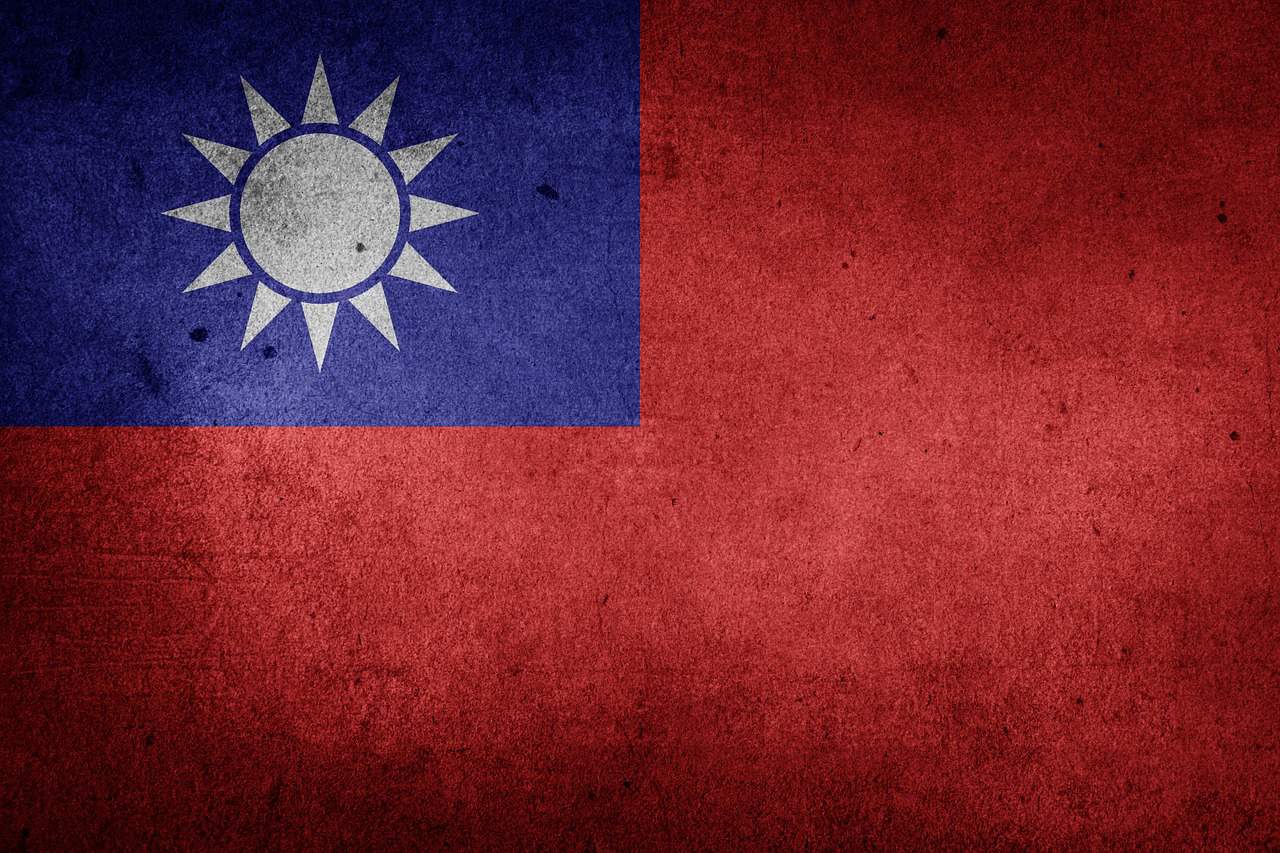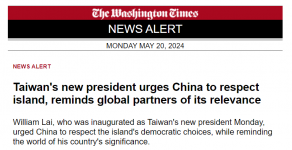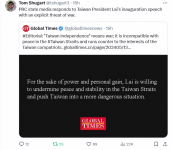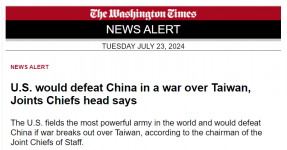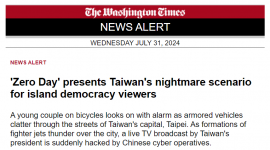US emboldening Philippines to square off with China at sea
US Marines joined Filipino counterparts on May 5, 2024, for a mock battle at a telling location: a small, remote territory just 100 miles off the southern tip of the contested island of Taiwan.
The combat drill is part of the weekslong Exercise Balikatan that has brought together naval, air and ground forces of the Philippines and the United States, with Australia and France also joining some maneuvers.
With a “maritime strike” on May 8 in which a decommissioned ship was sunk and exercises at repelling an advancing foreign army, the aim is to display a united front against China, which Washington and Manila perceive as a threat to the region. Balikatan is Tagalog for “shoulder to shoulder.”
Joint Philippines-US naval drills have become an annual event. But as an expert in international relations, I believe this year’s drills mark an inflection point in the regional politics of the South China Sea.
For the first time, warships taking part in the exercise ventured outside the 12-mile boundary that demarcates the territorial waters of the Philippines. This extends military operations into the gray area where the Philippines’ exclusive economic zone rubs up against the territory claimed by China and designated by its “nine-dash line.”
An infographic shows a map of the South China Sea and surrounding countries, with their claims to the waters represented by dotted lines.
Map: Omar Zaghloul / Anadolu Agency via Getty Images / The Conversation
Also for the first time, the US deployed an advanced mobile launcher for medium-range ballistic and cruise missiles of a type that had been banned under the now-defunct Intermediate-Range Nuclear Forces Treaty. In addition, the Philippine Navy is showing off its newest acquisition, a South Korean-built missile frigate.
The South China Sea has long been the source of maritime disputes between China, which claims the vast majority of its waters, and nations including Vietnam, the Philippines, Malaysia and Indonesia.
In addition, heightened tensions over the status of Taiwan – a territory that the Biden administration has pledged to defend militarily in the event of a Chinese invasion – have made the South China Sea even more strategically important.
Containment at sea
The latest joint maneuvers come amid two developments that could go some way to influence the future trajectory of tensions in the South China Sea. First, the Philippines has grown increasingly assertive in countering China’s claims in the region; and second, the US is increasingly intent on building up regional alliances as part of a strategy to contain China.
The Philippines-US alignment is more robust than ever. After a brief interval during the 2016-22 presidency of Rodrigo Duterte, US warships and military aircraft once again operate out of bases in the Philippines.
Joint naval patrols resumed in early 2023. At the same time, Manila granted US troops unprecedented access to facilities on the northern Batanes islands, which have become the focus of current joint operations.
Meanwhile, Washington has become more vocal in condemning challenges to the Philippines from China.
US officials had carefully avoided promising to protect the far-flung islands, atolls and reefs claimed by Manila for seven decades following the signing of the Mutual Defense Treaty with the Philippines in 1951.
Only in March 2019 did then-secretary of state Mike Pompeo assert that the treaty covers all of the geographical area over which the Philippines asserts sovereignty.
In February 2023, Presidents Ferdinand Marcos Jr and Joe Biden doubled the number of bases in the Philippines open to the US military. That May, the two leaders affirmed that the Mutual Defense Treaty applies to armed attacks that take place “anywhere in the South China Sea.”
Causing waves, rocking the boat
Firmer ties to the US have been accompanied by more combative behavior on the part of the Philippines. In May 2023, the Philippine Coast Guard introduced demarcation buoys around Whitsun Reef – the site of an intense confrontation with China’s maritime militia a year earlier.
Men in fatigues stand by a missile launcher.
US troops prepare to fire an M777 howitzer during a live-fire exercise in Laur, Nueva Ecija province, Philippines. Photo: Ezra Acayan / Getty Images via The Conversation
Reports circulated three months later that Philippine marines planned to construct permanent outposts in the vicinity of the hotly contested Scarborough Shoal.
And a Philippine Coast Guard ship, with the commander of the country’s armed forces aboard, approached Scarborough Shoal in November, before being forced to retreat by Chinese maritime militia vessels.
Then in January 2024, the Philippines broke with its adherence to a prohibition on erecting structures on disputed territory, which was part of the 2002 Declaration on the Conduct of Parties in the South China Sea, by installing electronic surveillance equipment on Thitu Island, which sits beyond Scarborough Shoal in the heart of a cluster of disputed formations.
This was followed by announced plans to put water desalination plants on Thitu, Nanshan Island and Second Thomas Shoal, making it possible to maintain permanent garrisons on these isolated outposts.
Manila has continued to assert its maritime rights by announcing that armed forces would escort exploration and mining activities in the exclusive economic zone.
Further acts that could be seen as provocative in Beijing followed, including the stationing of a Philippine navy corvette at nearby Palawan Island and a joint flyover by Philippine warplanes and a US Air Force B-52 heavy bomber.
A raft of Chinese responses
It is clear that the deepening of Philippines-US ties has given Manila the confidence to undertake a variety of combative acts toward China. The question is, to what ends?
A more assertive Philippines may end up contributing to the US strategy to deter Beijing from extending its presence in the South China Sea and launching what many in Washington fear: an invasion of Taiwan.
But it is possible that heightened truculence on the part of the Philippines will goad Beijing into being more aggressive, diminishing the prospects for regional stability.
As the Philippines-US alignment has strengthened, Beijing has boosted the number of warships it deploys in the South China Sea and escalated maritime operations around Thitu Island, Second Thomas Shoal and Iroquois Reef – all of which the Philippines considers its sovereign territory.
In early March 2024, two Chinese research ships moved into Benham Rise, a resource-rich shelf situated on the eastern coast of the Philippines, outside the South China Sea. Weeks later, a Philippines Coast Guard cutter surveying a sandbar near Thitu was harassed not only by Chinese Coast Guard and maritime militia ships but also by a missile frigate of the People’s Liberation Army Navy, which for the first time launched a helicopter to shadow the cutter.
Washington has taken no public steps to dampen tensions between Manila and Beijing. Rather, Secretary of State Antony Blinken expressed full-throated support for “our ironclad defense commitments” during a mid-March 2024 stopover in Manila.
Reassured of US backing, Marcos has amped up the rhetoric, proclaiming that Manila would respond to any troublemaking on Beijing’s part by implementing a “countermeasure package that is proportionate, deliberate and reasonable.” “Filipinos,” he added, “do not yield.”
Philippine President Ferdinand Marcos Jr and US President Joe Biden walk to the Oval Office at the White House in Washington, DC. Photo: Twitter / Screengrab / Pool
Such an approach, according to Marcos, was now feasible due to the US and its regional allies offering “to help us on what the Philippines requires to protect and secure our sovereignty, sovereign rights and jurisdiction.”
The danger is that as the Philippines grows more assured by US support, it may grow reckless in dealing with China.
Rather than deterring China from further expansion, the deepening Philippines-US alignment and associated Filipino assertiveness may only ramp up Beijing’s apprehensiveness over its continued access to the South China Sea – through which virtually all of its energy imports and most of its exports flow.
And there is little reason to expect that Washington will be able to prevent an emboldened Manila from continuing down the path of confronting China in the South China Sea.
To Beijing, the prospect of an emboldened Philippines forging active strategic partnerships with Australia, Japan, South Korea, Vietnam and – most troublesome of all – Taiwan makes the situation all the more perilous.
Fred H Lawson is Professor of Government Emeritus, Northeastern University
This article is republished from The Conversation under a Creative Commons license. Read the original article.
US Marines joined Filipino counterparts on May 5, 2024, for a mock battle at a telling location: a small, remote territory just 100 miles off the southern

asiatimes.com

